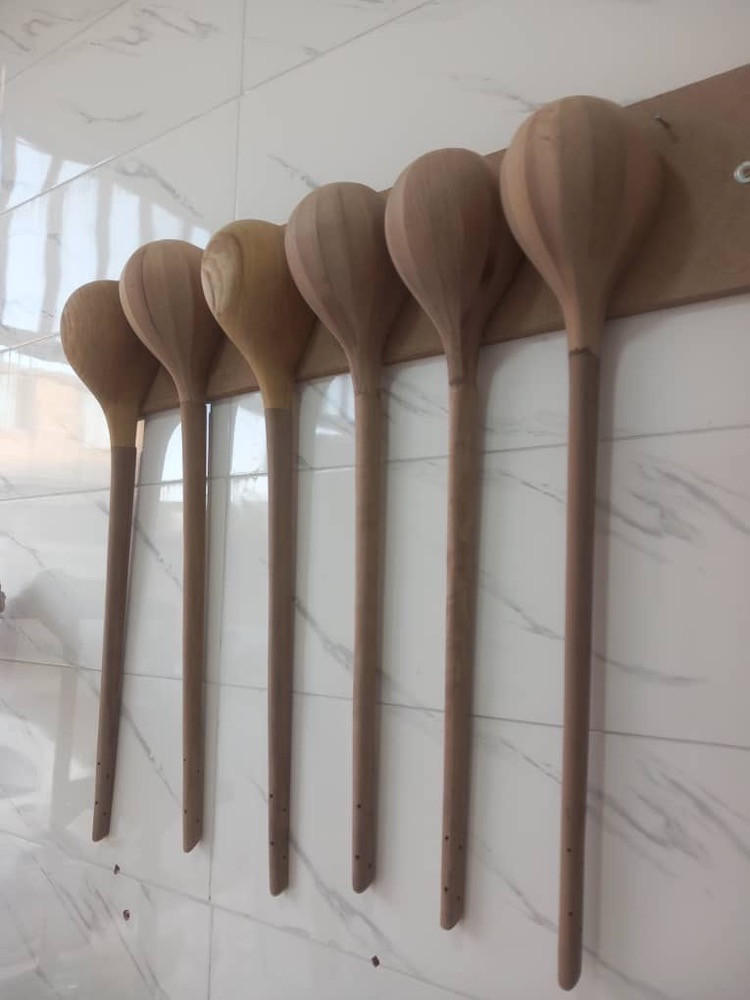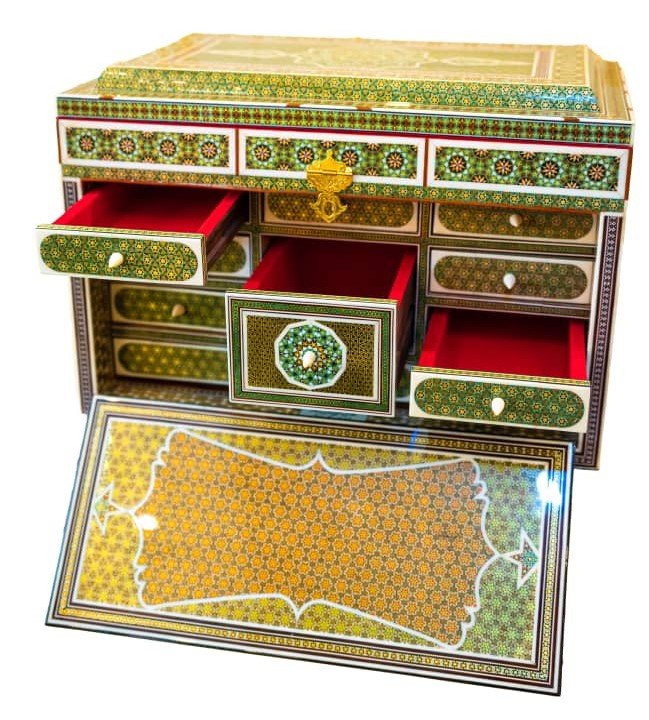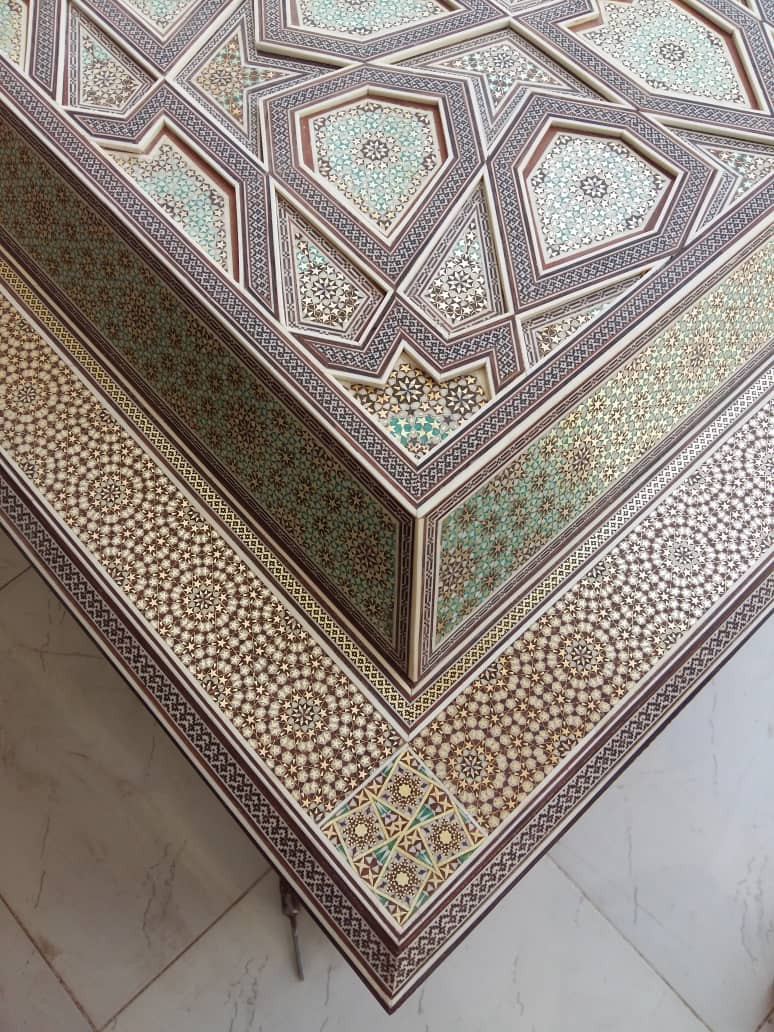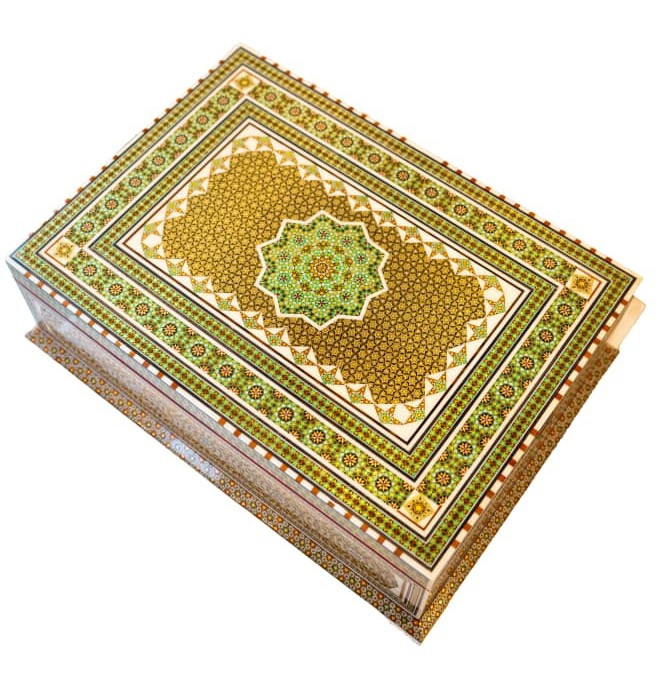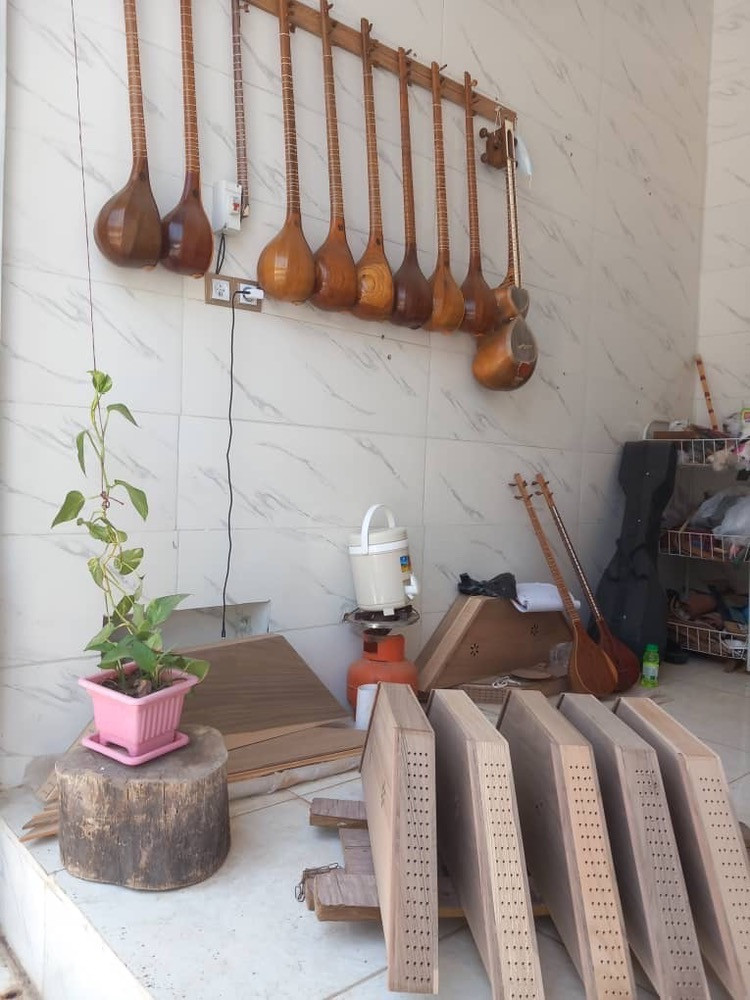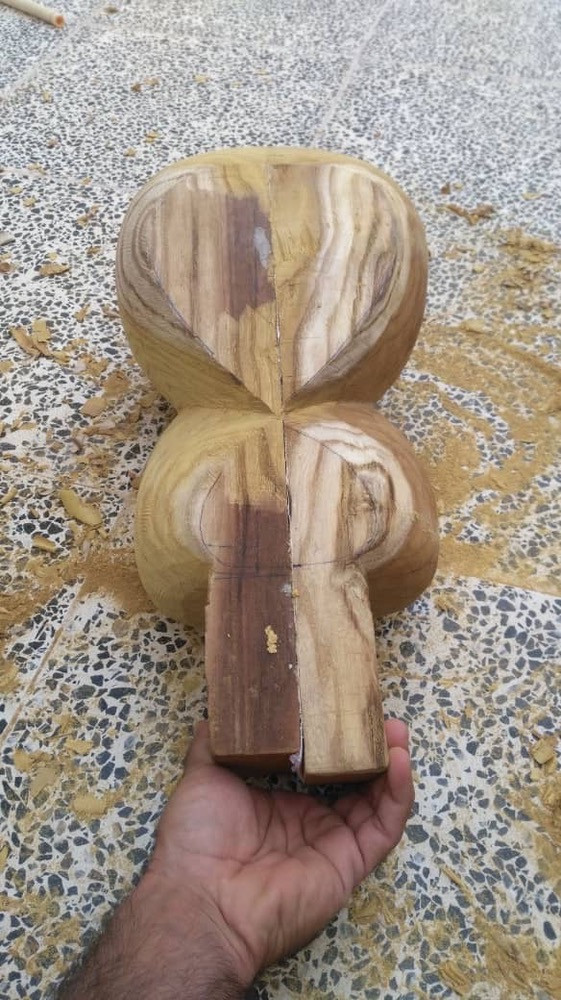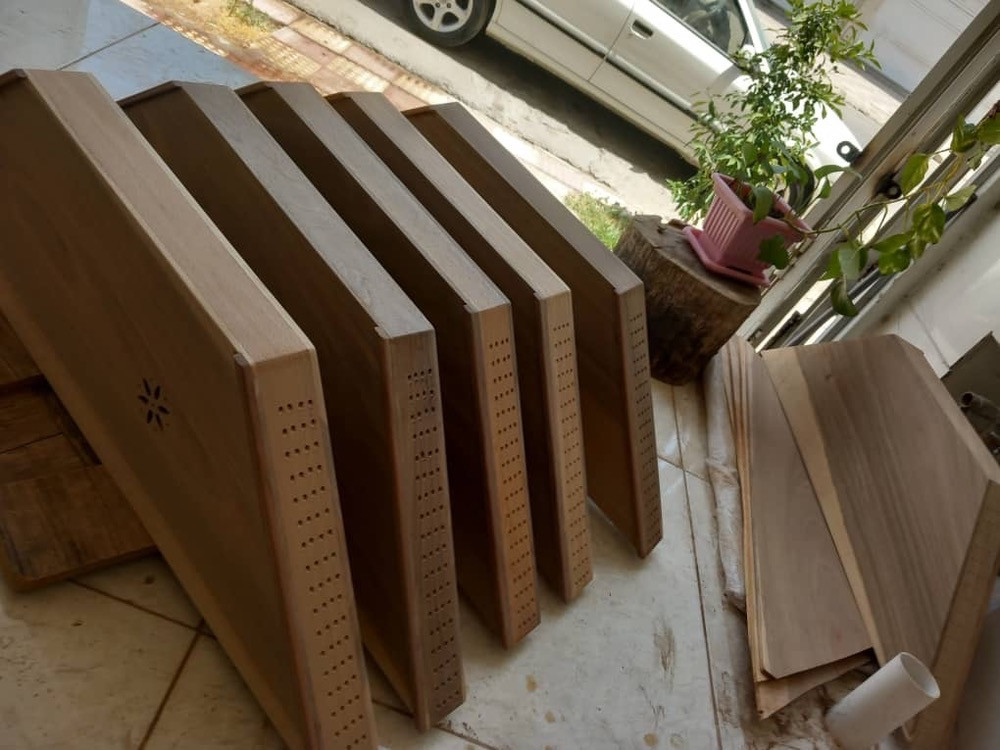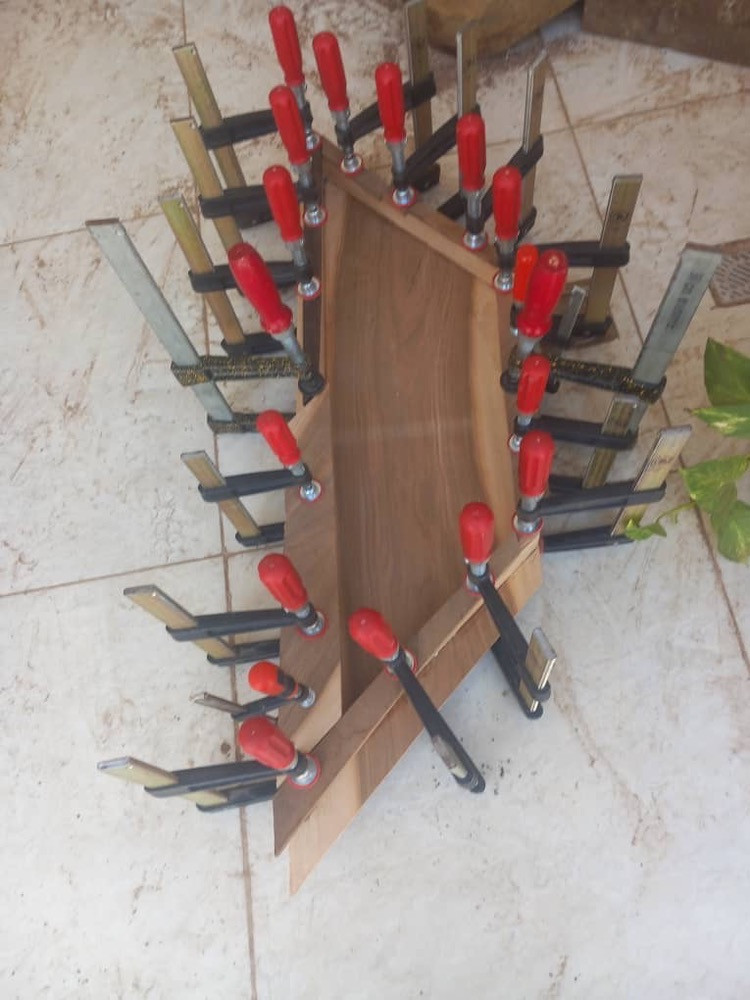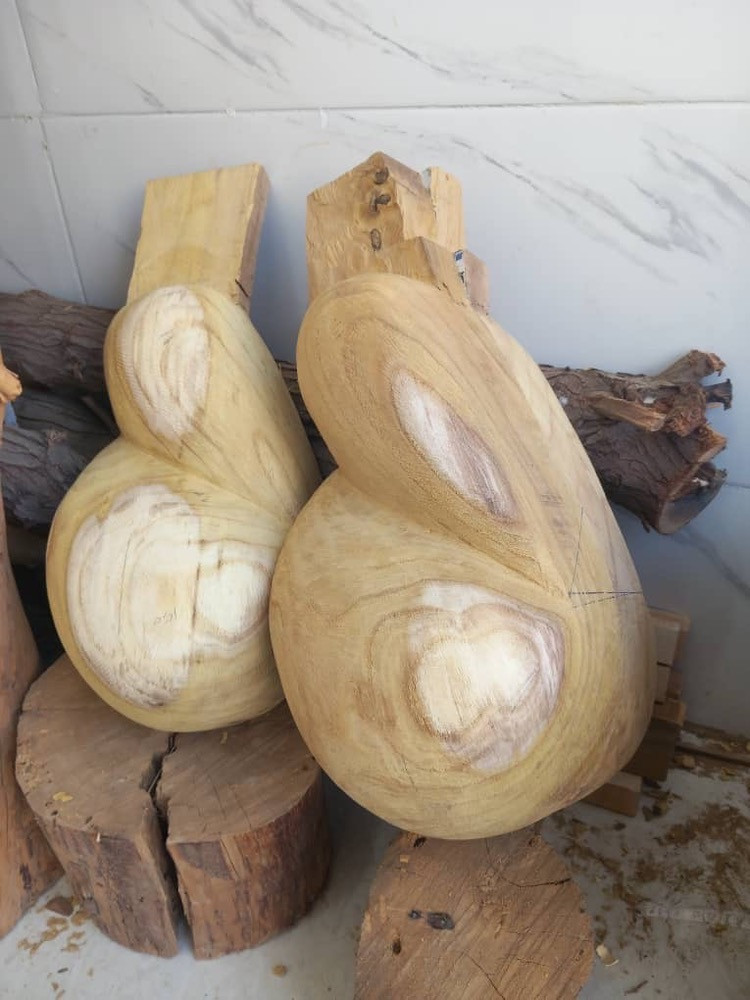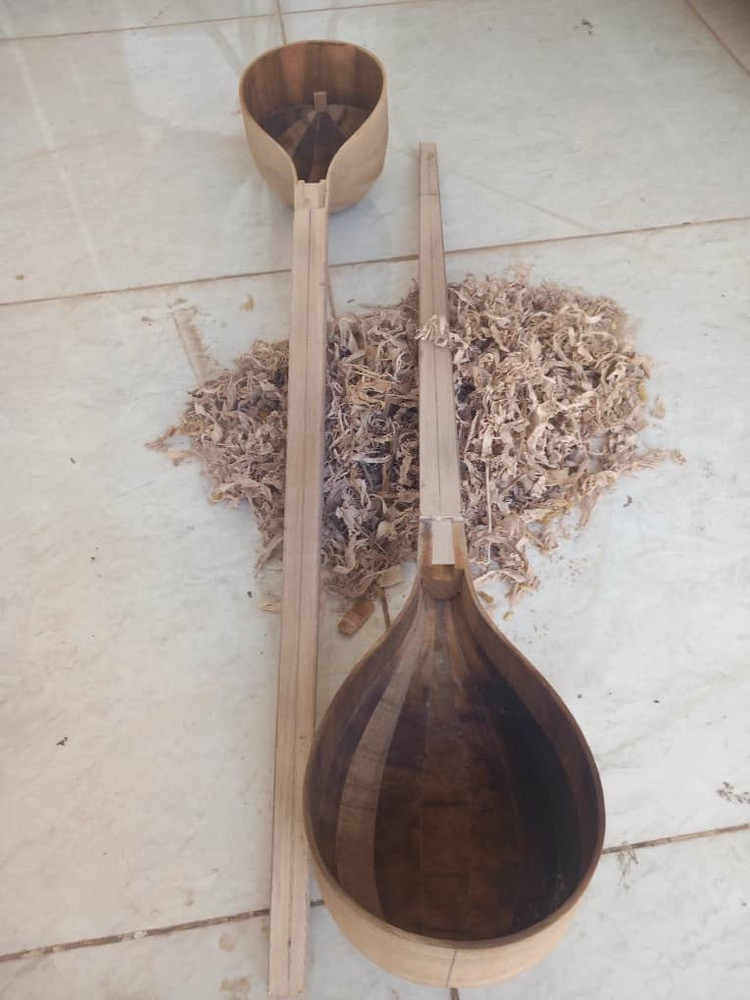#tar #setar #santoor #saz #sakht_saz #ساخت_ساز #تار #سه_تار #ساز
The Shahijan Story:
The First Encounter
In 2015, I bought my first instrument from a dear friend, Mehran Rezaei, who once lived in the town of Lapouei. He had been a maker of instruments, but financial hardship forced him to abandon his craft and open a small fast-food shop. With that instrument, I attended Qashqai music classes for nearly a year. Yet, despite the lessons, my soul remained restless, unsatisfied.
I moved to my sister’s home in the city of Sadra. By day, I worked on electrical wiring in buildings; by night, I practiced music. One summer afternoon, after leaving my instrument safely by the television, I returned from work to find it hidden behind a curtain—my sister had placed it there while cleaning, thinking it would be safer. But the heat had undone it: the glue of the bowl had melted, the body had split, and the voice of the instrument was gone.
I was devastated. With no other instrument and no means to replace it quickly, I was forced to abandon my classes for nearly eight months.
A Chance Encounter in the Park
Life carried me forward. I found work with the municipality of Shiraz, in the maintenance team of Khold-e-Barin Park. One day, while installing an electrical panel with a colleague, he suggested we visit a handicraft exhibition nearby. I dismissed the idea at first, but he insisted.
When we finally entered, my eyes were drawn immediately to the far end of the hall, where instruments hung beneath a sign that read: House of Iranian Instruments. The manager, Mrs. Fakhrayi, and the master craftsman, Ustad Rashidi, welcomed us.
I asked timidly, “I have a broken instrument. Could you repair it for me?” The master smiled and replied, “Why don’t you repair it yourself?” “Me? How?” I asked. “Come to us,” he said. “Here you can learn to build instruments—and repair your own.”
The Birth of a New Path
That very afternoon, after finishing work, I traveled to Marvdasht. By four o’clock, I was at the House of Iranian Instruments, my broken setar in hand.
The master asked, “Do you want to learn how to build instruments?” “Yes,” I said. “Which one?” “I want to build a tar.” “Excellent,” he replied. “But first, repair your own setar. Then I’ll teach you how to build a tar.”
And so it began. I glued the broken setar back together, restoring its voice. Then I was given wood and tools to begin shaping my first tar. When I carved the bowl, the master told me I must wait three or four months for the wood to dry.
“What should I do until then?” I asked. “Build a setar,” he said.
So I did. And when the setar’s bowl was left to dry, I asked if I could also learn the santur. The master agreed. By the time the santur was finished, my tar was ready to be completed.
From Student to Craftsman
Soon, I was working regularly at the House of Iranian Instruments. They provided the wood and materials; I built the instruments. For each one, I received a small share of the profit. Two years passed this way, until the hardships of the pandemic and financial struggles forced the house to close.
But by then, I had already begun collecting my own tools, little by little, from what remained of my municipal salary. After the closure, I set up a tiny workshop in the basement of my family home.
Between the Mine and the Music
The pandemic brought further difficulties. I left my municipal job and went to work in a mine in Yazd—twenty days each month underground, then ten days back home, where I would retreat to my basement workshop and lose myself in the making of instruments.
When others asked why I never left that basement, I would answer: “I have found something here I cannot abandon.”
A Workshop of My Own
Eventually, I realized that my passion should not remain hidden underground. I dreamed of creating a workshop where others who loved instrument-making could also pursue their dreams.
And so, with the memory of that once-broken setar, I stepped fully into the world of luthiery. From broken strings, a new life was born.
